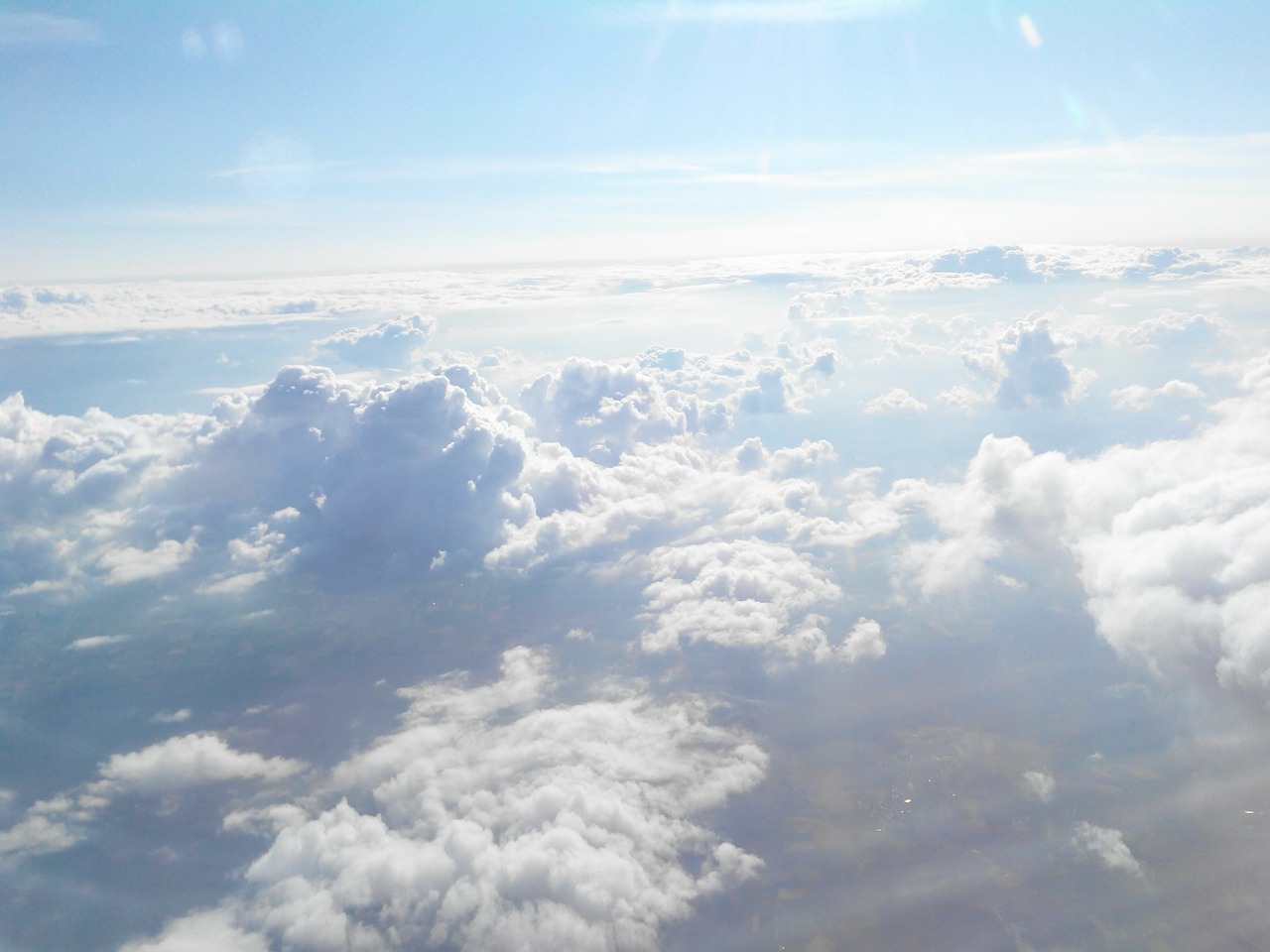Being able to keep a drone in the air for longer periods of time is a top priority for commercial drone operators, but battery and power limitations have some operators thinking about a different approach altogether. This desire is part of the reason many predicted that 2018 would be the year when we’d see some real movement in the high-altitude long-endurance (HALE) segment. It’s a prediction that is being realized far faster than anyone realized.
Also referred to as HAPS (high-altitude pseudo-satellites), the announcement that AeroVironment has formed a joint venture with Japanese telecommunications firm SoftBank Corp to develop solar-powered HALE unmanned aircraft for commercial operations is big news for a variety of reasons. Movement in this segment isn’t something that comes as a surprise for AeroVironment though, since it’s a technology they’ve been working on for decades.“We’ve been aware of the utility that HALE unmanned aircraft systems can deliver and have been tracking the market’s receptivity to it for a long time now,” Steve Gitlin, Vice President Corporate Strategy at AeroVironment, told Commercial UAV News. “With this partnership, we’ll be able to work with a partner who not only understands the end user market opportunities in telecommunications, but also has a very deep understanding of technology innovation themselves.”Potential innovations in this area could create new capabilities when it comes to solving network issues and fulfilling imaging requirements, but those kinds of applications are just the beginning. In the press release, AeroVironment CEO Wahid Nawabi mentioned that the company is looking at the value unmanned HALE platforms could deliver in terms of remote sensing and next generation IoT connectivity. The company clearly believes the platform they’re developing could provide a more rapid and lower cost solution for enabling broader connectivity around the world.The decades of work that AeroVironment has engaged in when it comes to the HALE segment go all the way back to the 1980s, when AeroVironment developed the GM Sunraycer, which was designed to compete in the world's first race featuring solar-powered cars. Experiments with very large solar wings led to their work with NASA on the ERAST program. Their Global Observer unmanned aircraft system is another example of efforts to operate in the higher latitudes and open up a variety of applications.“We had very strong conviction that by being able to harness the stratosphere, we’d be able to deliver unique value propositions in commercial and military markets,” Gitlin continued. “Through all of these developments, we have continued to engage with a variety of potential customers on deploying high altitude long endurance unmanned aircraft system solutions to address their objectives.”Stay tuned for news around how some of those objectives are being realized and even expanded on, as well as other ways in which the HALE segment might change the approach organizations and even entire industries will be able to take around critical issues.Subscribe
The information you submit will be stored and used to communicate with you about your interest in Commercial UAV News. To understand more about how we use and store information, please refer to our privacy policy.
January 19, 2018
AeroVironment Set to Define the Solar-powered HALE Segment for Commercial Drone Operations
















Comments